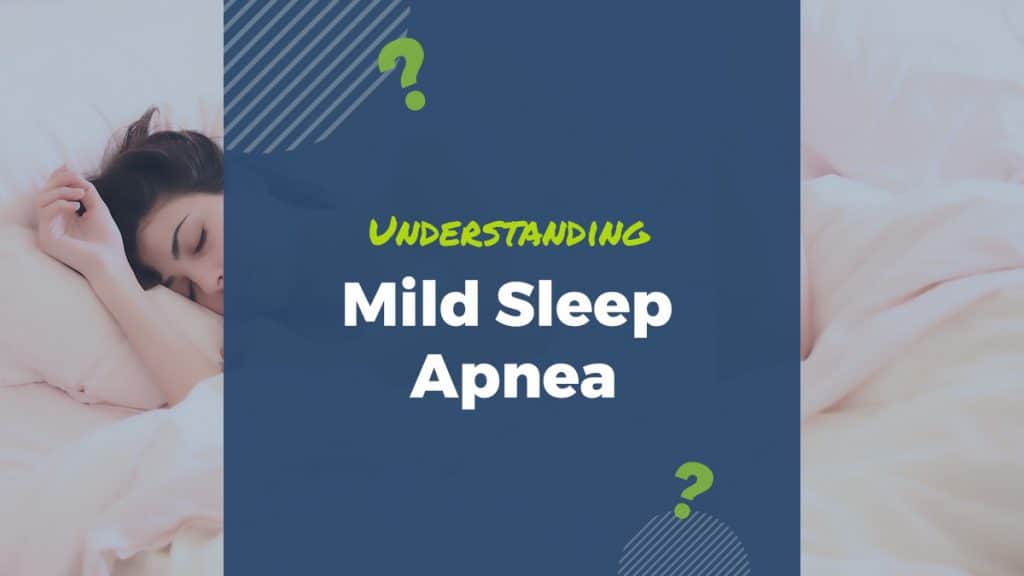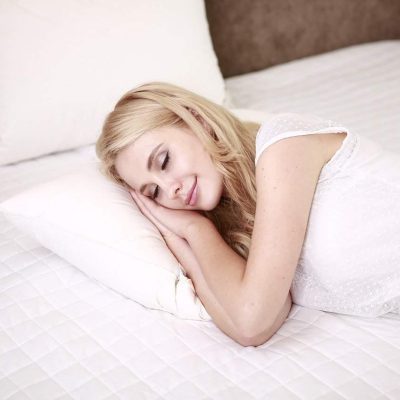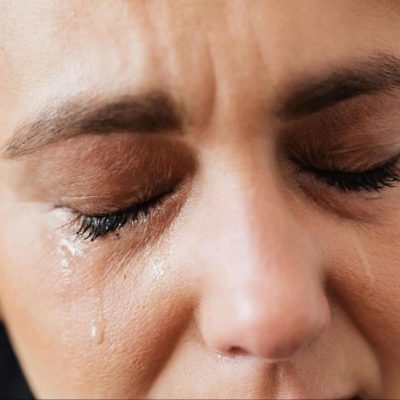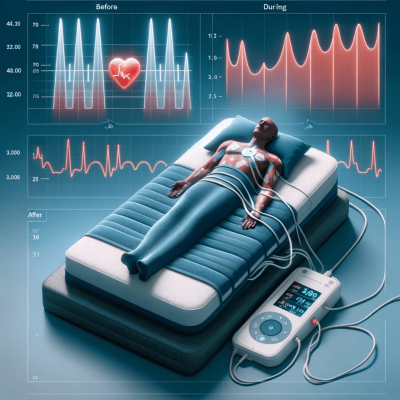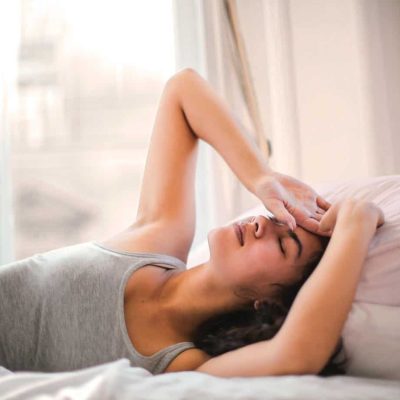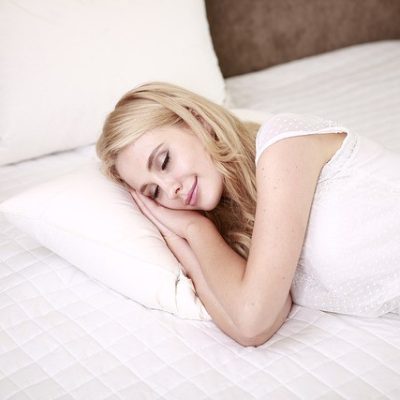Obstructive sleep apnea (OSA) and mild sleep apnea is a disorder described by repeated episodes of partial or total upper airway obstruction. It results in arousals from sleep and changes in oxygen levels during your sleep.
OSA is the number one reason why people visit a sleep specialist. It affects nearly 20 million Americans (1). It’s even more prevalent in patients who are obese or have heart or metabolic conditions like diabetes.
The category of sleep apnea includes mild, moderate, and severe cases. Most population studies propose that about 60% of people with obstructive sleep apnea fall into mild category.
When untreated, OSA can lead you towards severe health problems such as:
- Diabetes
- Hypertension
- Heart disease
- Stroke
If you have moderate to severe sleep apnea, there are many available information and treatment options. However, this article is compiled to give you all the answers to the questions related to sleep apnea.
Table of Contents
ToggleWhat is Considered Mild Sleep Apnea?
The diagnosis of obstructive sleep apnea is based on your (2);
- Sleep Studies
- Oxygen desaturation
- Medical History
- Physical Exam
1. Sleep Studies
OSA is diagnosed with a home sleep study or an overnight sleep study test. It assesses how many times your upper airways collapse per hour of sleep or awakenings from sleep.
If your airways completely collapse, this is called the apnea, and if it partially collapses, it’s called hypo-apnea. The total number of these events per hour of sleep is called the apnea-hypopnea index (AHI). Basically, the higher the AHI, the more severe the sleep apnea.
Based on AHI, the severity of the sleep apnea is classified as listed in the table:
Classification Of The Severity Of Obstructive Sleep Apnea
Less than 5 events
Normal
5 to 15 events
Mild
More than 15 but less than 30 events
Moderate
More than 30 events
Severe
Table#1 General Classification Of The Severity Of Sleep Apnea Based On AHI Events (Adapted from Harvard Medical Education)
2. Oxygen Desaturation
When making a diagnosis, oxygen desaturation is also considered. It refers to a drop in your blood oxygen levels.
Based on oxygen desaturation, the severity of the sleep apnea is classified as listed in the table:
Classification Of The Severity Of Obstructive Sleep Apnea
96 to 97 percent
Normal
Below than 90 percent
Mild
80 to 89 percent
Moderate
Below 80 percent
Severe
Table#2 General Classification Of The Severity Of Sleep Apnea Based On Oxygen Desaturation
3. Medical History
Your doctor also considers your medical history including;
- The sign and symptoms that you’re experiencing
- Whether you have another sleep disorder or a family history of sleep apnea
- Whether you have risk factors for sleep apnea
- Whether you have complications of undiagnosed or untreated sleep apnea, such as atrial fibrillation, type 2 diabetes, or hard-to-control high blood pressure
4. Physical Exam
During your physical exam, your doctor may consider signs of other conditions that can increase your risk for sleep apnea including;
- Obesity
- Large tonsils
- Large neck circumference
- Narrowing of the upper airway
- Jaw size and structure
- Size of your tongue
- tongue’s position in your mouth
- lungs, heart, and neurological systems
What Are The Symptoms Of Mild Sleep Apnea?
The symptoms of mild-sleep apnea are unwanted sleepiness or involuntary sleep episodes occurring during activities that require little attention. Examples included drowsiness that is likely to occur while watching television, reading, or traveling as a passenger.
Regardless of the criteria for classifying OSA as mild, moderate, or severe, the extent of your symptoms does not always correlate with the severity of this disorder. In other words, some individuals with very mild disease (based on their AHI) can be extremely symptomatic, with excessive sleepiness or severe insomnia.
On the other hand, individuals with severe disease may have subjectively good sleep quality and do not have a significant daytime impairment (3).
It’s also important to understand that sleep disorders also tend to overlap. And the patients with OSA may suffer from sleep movement disorders (like restless legs syndrome), comorbid insomnia circadian (internal body clock) disorders, and/or conditions of hypersomnia (such as narcolepsy).
Therefore a detailed sleep-related history is needed to diagnose and truly improve your sleep and daytime functioning. Your sleep issues must be addressed via a comprehensive, multidimensional, and individualized approach.
What Are The Risk Factors For Sleep Apnea?
There are many contributing factors to sleep apnea, which can vary on a case by case basis. Some risk factors, such as unhealthy lifestyle habits and environments, can be changed. While, other risk factors, such as age, sex, family history and genetics, race and ethnicity, cannot be changed.
You are at a higher risk for obstructive sleep apnea if you’re;
- Overweight or obese
- Older
- Having crowded pharynx
- Having a family history
- Having chronic nasal congestion
- Having certain medical conditions
What Are The Causes Of Sleep Apnea?
According to the National Institute of Health (NIH), sleep apnea can be caused by a person’s physical structure or medical conditions including;
- Being overweight or obese
- Heart failure
- Kidney failure
- Neuromuscular disorders
- Large tonsils or adenoids
- Premature birth
- Lying on the back in a supine position during sleep
- Allergic rhinitis
- Endocrine disorder
- Genetic syndromes
Is Mild Sleep Apnea Dangerous?
Even a mild case of sleep apnea can pose serious health risks. A research study published in the American Journal of Respiratory and Critical Care Medicine compared the individuals having mild OSA symptoms to healthy individuals. The results found that people with minimally symptomatic sleep apnea had increased arterial stiffness and decreased endothelial function.
Increased arterial stiffness and decreased endothelial function can lead to increased risk to your heart health.
Does Sleep Apnea Need To Be Treated?
Yes, treating mild apnea is necessary. The reasoning for treating mild OSA was that it has symptoms, it can contribute to other health conditions, and it can be treated to improve outcomes.
However, there is still debate on whether Continuous Positive Airway Pressure (CPAP) treatment should be used as a first-line treatment for apnea.
One study recommended that CPAP treatment is not needed for mild OSA and does not significantly benefit the symptoms. It’s important to note that this study is not against all other forms of available treatment for obstructive sleep apnea. The study recommends that the first-line treatment of mild obstructive sleep apnea should be medical. CPAP and other modalities such as a dental appliance or surgery should be reserved for failed treatment in highly selected cases.
On the other hand, several studies have demonstrated the quality of life benefits in treating mild OSA. In a recent research study, researchers from 11 centers throughout the United Kingdom recruited and randomized 301 patients with mild OSA. The patients received CPAP plus standard of care (sleep hygiene counseling) vs. standard of care alone. The researcher followed them over three months. The results found that treatment with CPAP improved their quality of life in patients with mild OSA.
This study supports a comprehensive approach to the evaluation and treatment of mild OSA. While all people with mild OSA may not need to be treated with CPAP, but some patients can significantly get benefit from it.
What Are The Treatment Options For Mild Sleep Apnea?
Generally, for moderate to severe sleep apnea, positive airway pressure devices, such as CPAP device, is the number one recommended treatment. But these devices would not necessarily be used as the first line of defense for a mild case.
The treatment for Apnea might include (4);
- Positional Therapy: If your symptoms are dependent on sleeping on your back in a supine position, then this technique may help. It includes using tools that prevent rolling onto your back and keep you stay on your sides while sleeping.
- Lifestyle Changes:The majority of people with OSA are overweight or obese. According to Johns Hopkins Medicine, sleep apnea affects over 20 percent of people with obesity compared to about 3 percent of moderate weight. Therefore lifestyle change, such as losing weight, may help.
- Oral Appliance:The oral appliance work as a first-line treatment for mild cases of sleep apnea. A dental device temporarily pushes your lower jaw forward and can prevent your throat from closing while you breathe.
- Nasal Decongestants: If your sleep apnea is caused by allergic rhinitis, then this method could help.
- Surgery: To help breathing, surgery could improve airflow through the nose.
- Continuous Positive Airway Pressure (CPAP):While you might try other treatment methods first, research showed that CPAP machines are also used for mild sleep apnea (5). With CPAP treatment, AHI improvements may be made.
Final Words from Well-Aware-System’ Experts
- It’s important to note that mild apnea may not be as disruptive to your life as moderate to severe OSA, but it is still a problem to your health and well-being.
- Mild symptoms should not be ignored as research shows that it can pose serious health risks (6). Therefore, it’s worth getting checked by a sleep specialist to see if you have this problem. Furthermore, look into treatments that could improve your symptoms and help you get better sleep.
- This article is compiled from fact-based resources and only for informational purposes. About your condition, only your sleep specialist knows the best. Our ultimate recommendation is to get assessed by your board-certified sleep medicine physician to ensure that your condition is adequately treated.

